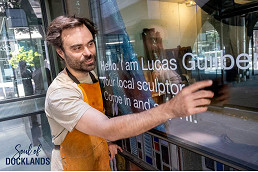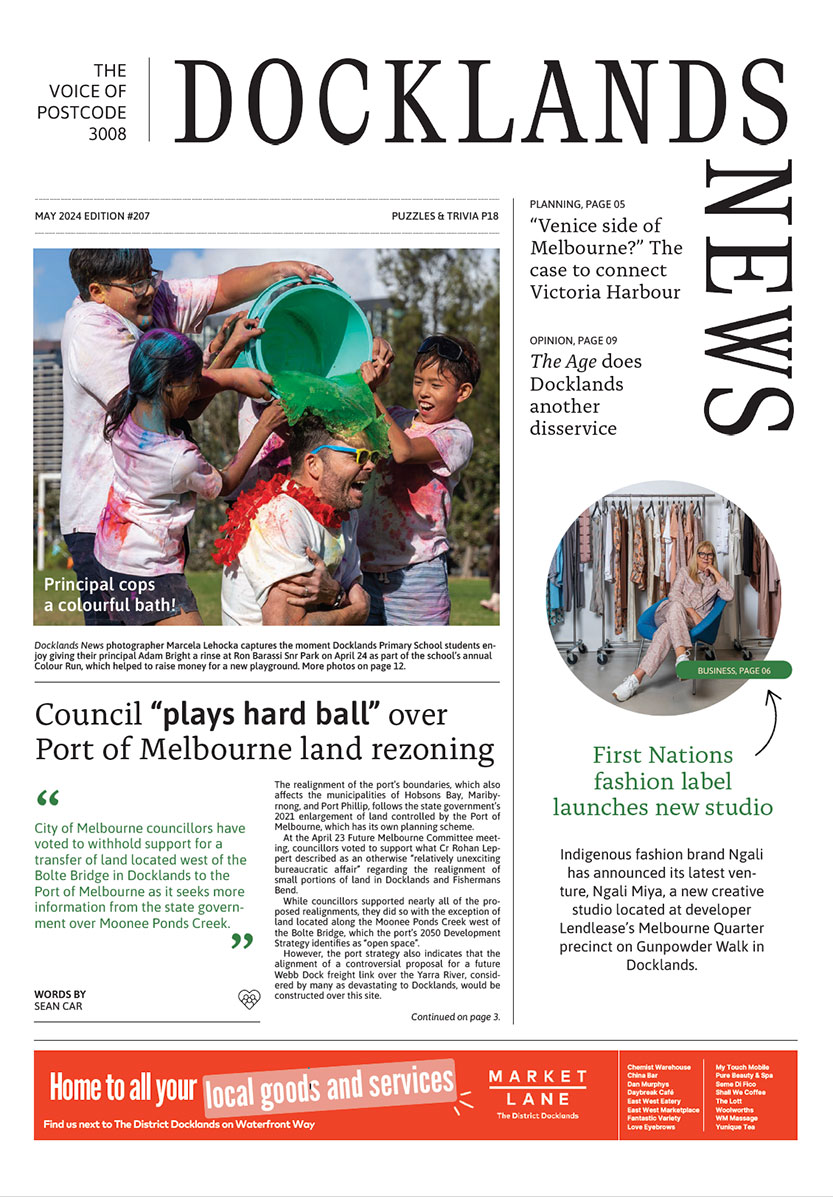Calls for more police patrols, cameras: new report into hooning reveals
Outcomes from a series of state government-led community engagement sessions into hooning, including within the City of Melbourne, have been revealed in a new report.
A Hooning Community Reference Group was created last year to identify potential short-, medium-, and long-term solutions to address hoon behaviour in local communities.
It brought community, stakeholders, and experts in road safety across government, enforcement, and research bodies together to develop a new Victorian Hoon Driving Action Plan.
The community engagement sessions, which were held across various municipalities last year, including in the City of Melbourne, will “support and guide” a report, as well as “generate ideas and issues for consideration” in relation to hooning.
The Department of Transport said the findings from all engagement sessions would be presented to the Hooning Community Reference Group and incorporated into the Hooning Recommendations Report, however this document will not be delivered until later this year.
In the meantime, another report entitled “Hooning in Victoria Community engagement outcomes report” revealed that in inner city Melbourne, concerns of noise, speeds of 100km/h in 60km/h zones, safety impacts to other drivers and pedestrians, and “unknown as to who to approach, Environment Protection Authority (EPA) or Victoria Police – worried about approaching VicPol and taking their time for this” had been cited.
In terms of who were the hoons, the report listed young people, males, motorbikes, bored kids, and car drivers in convoys and hot rods.
When asked what the community would like to see be put forward as recommendations, feedback included more funding for enforcement, education, better interaction with overseas jurisdictions, and “Not just putting boots on the ground” but “allow for devices to be installed in hotspots”.
There were also calls for a coordinated approach across the states, as well as emphasis on safety, environmental and amenity issues.
The report noted that between 20 and 30 residents were present at each session held between July and August last year.
Among the ideas pitched to deter hooning were the installation of cameras (CCTV, acoustic, noise, speed), more police patrols, and more collaboration between EPA and Victoria Police.
According to a Yarra’s Edge resident, who spoke on the condition of anonymity, burnouts along Lorimer St were still prevalent, albeit with fewer cars.
The resident described seeing “smoke in the air” on one occasion in December after spotting a car doing a burnout at the corner of Lorimer St and South Wharf Drive, but when they called police “they couldn’t hear the conversation” due to the noise.
They said they had been providing dates and times of hoon-related incidents to the council, which obtained the registration plates of at least five cars from CCTV cameras, which had been reported to police, too.
The resident said they also joined part of the online community engagement session, in which they heard representatives of hoons asking for a place to do burnouts.
“From what I heard, they were asking ‘Why do you want to stop us from doing burnouts on the road’,” the resident said.
Asked about their thoughts of a report with recommendations not being delivered until later this year, they said, “You’re looking at government, it moves very slowly”.
The Docklands Representative Group has maintained that hoon behaviour continued to be of “ongoing and grave concern”.
A Department of Transport and Planning spokesperson said, “We all know the dangers of hooning behaviour and the potentially devastating consequences of driving recklessly”.
“Victoria has some of the strongest anti-hooning laws in Australia, but we’re still looking for ways to further reduce hooning behaviour to improve road safety,” the spokesperson said.
“As part of the work of the Hooning Community Reference Group, we heard from communities in metropolitan Melbourne and will now facilitate sessions right across regional Victoria to better understand community concerns about hooning and identify possible solutions.” •

Meet Lucas Guilbert




 Download the Latest Edition
Download the Latest Edition
